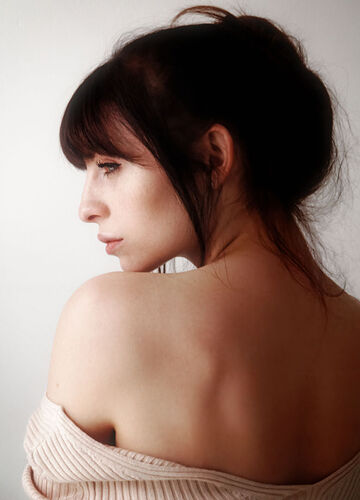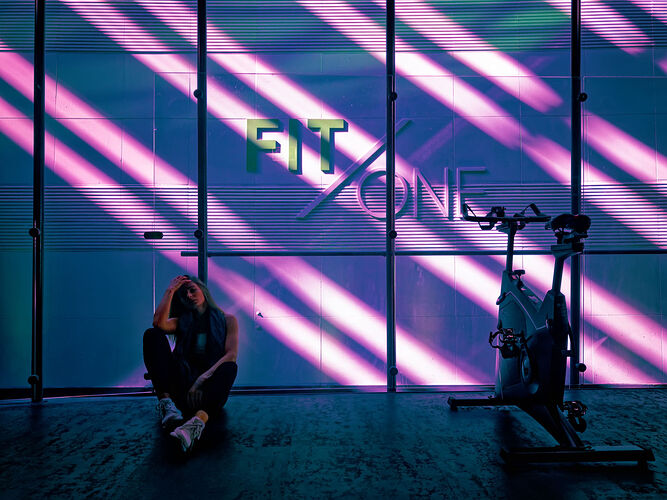If I’m not mistaken, one thing that DXO prides itself is lens correction, requiring them to shoot with all kinds of lens and camera combinations to make sure they can properly correct for lens issues. Chromatic aberration, vignette, lens sharpness, barrel and pincushion distortions etc.
Source: Counterpoint Research Quarterly Smartphone Sales Tracker, March 2022.
Of all smartphone specs, camera counts have reached the most obvious plateau, with average number of cameras per smartphone hovering just below three for over a year. Nevertheless, leading vendors like HONOR are employing increasingly sophisticated computational photography techniques to keep up the rapid pace of advancement.
“Megapixels and camera counts are important to a degree, but it’s not just about hardware specs when we talk about and compare camera systems. What happens behind the scenes is just as, if not more, important than what is listed on a smartphone’s spec sheet,” states Jan Stryak, Associate Director at Counterpoint Research.
This is due to the increasing importance of software, which brings to the fore advanced technologies like multi-frame and multi-camera fusion techniques. Dr. Hou Weilong, Technical Expert for HONOR Imaging, muses, “there is a lot of science behind our cameras, but our objective is to remove as much complexity as possible so that our users can simply take great pictures.”
The pivot to software and algorithmic photography means processing power is paramount for smartphone camera performance to deliver “extreme image signal and neural processing, creating challenges on the chipset side,” says Judd Heape, Vice President for Product Management at Qualcomm. “We see it as a tremendous opportunity to work with our OEM partners to help deliver amazing imaging experiences.”
And this is more than just enabling the perfect shot. “A good smartphone camera makes taking great pictures easy by understanding intention and providing ‘all-in-one’ in the default mode,” observes Herve Macudzinski, Director for Image Science at DXOMARK. ”Multi-camera fusion computational photography is the bleeding edge technology helping to make that happen, and HONOR does it most elegantly with the Magic4 Ultimate.”
…
Now, I’m not a software engineer and I don’t work for DXO, but if I’m not mistaken Bayer pattern of CMOS sensors and X-Trans pattern of the Fuji sensors were just two different approaches that requires lot of work to get it properly supported.
What about smartphones. Along with many models who use CMOS there are some who use Quad Bayer sensors, requiring I imagine training of new models for noise reduction and demoseicing. Also each smartphone would have to be taken into DXO lab, every camera used, everything measured and new software correction profiles provided to support RAW corrections at the level we are used to from DXO.
My understanding is that DXO is a small company. And that would a lot more man power, man hours or reduction in quality. DXO Mark website has found a better business model in testing smartphones and very few new cameras and lenses. Because it help people buy smartphones. that is still a large market. But people who buy smartphones to actually shoot RAW on a mobile device, and process raw on desktop in a program such as DXO? I don’t know what number of people do that, but until someone shows me some convincing data, I’m thinking its very small, and very demanding. Hence not sure if its a good business model. Like I said. If DXO business people want to jump in and correct me, I’ll be happy to change my stance. But for now. I’ll stick to my initial comment.




